Germination is the process by which a seed begins to develop into a new plant. It involves activating the dormant seed embryo, enabling it to sprout roots and grow into a full-fledged plant. For skunk marijuana seeds, germination is a crucial step that determines the success of your cultivation journey.
Germination ensures seed viability, unlocks genetic potential, offers control over early growth stages, and facilitates a uniform crop. In this article, we will explore the step-by-step process of germinating skunk marijuana seeds, providing you with the knowledge and techniques required for a successful cultivation experience.
To successfully germinate skunk marijuana seeds, specific conditions need to be met. Let’s dive into the process and understand the key elements involved.
Soak the Skunk Marijuana Seeds: Before proceeding with germination, it’s essential to soak the skunk marijuana seeds in water for approximately 24 hours. This step helps break the dormancy of the seeds and initiates the germination process. Ensure the seeds are fully submerged in water and allow them to absorb moisture. Soaking the seeds also serves as an initial viability test. Healthy seeds will sink in water, indicating their potential for sprouting, while non-viable seeds tend to float. By identifying viable seeds, you can select the best candidates for cultivation and avoid wasting time and resources on non-viable ones.
Preparing the Germination Environment: After soaking the seeds, it’s time to prepare the germination environment. The following steps will help create the optimal conditions for successful sprouting:
a) Dampen the Paper Towels: Take a few sheets of paper towel and dampen them with water. It’s crucial to strike a balance between moist and overly wet. Excess moisture can lead to issues like rot or mold, which can harm the seeds. Ensure the paper towels are adequately moist throughout but not dripping with water.
b) Place the Seeds on Damp Paper Towels: Evenly space the soaked skunk marijuana seeds on one half of the damp paper towel. Gently fold the other half over the seeds, creating a sandwich-like structure. This technique helps maintain moisture around the seeds, providing an environment conducive to germination.
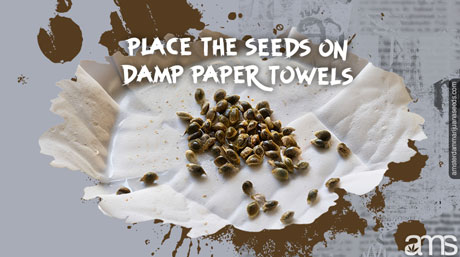
c) Create a Mini Greenhouse: Find a container or dish that can accommodate the paper towel with seeds. The container should have a lid or cover to maintain the desired humidity levels. This enclosed space acts as a “mini greenhouse,” promoting the retention of moisture and creating an optimal environment for germination.
Providing the Right Conditions: The success of germination depends on providing the right conditions for the seeds to sprout. Pay attention to the following factors:
a) Temperature: Choose a warm location to store the container with the seeds. Ideally, maintain a temperature range between 70°F to 85°F (21°C to 29°C). This warmth expedites the germination process, but extreme temperatures can negatively impact seed viability. Aim for a consistent and moderate temperature.
b) Darkness: Place the container in a dark area or cover it with an opaque material to prevent exposure to light. Darkness plays a crucial role in the germination process as it mimics the seeds’ natural environment. Light can inhibit germination and cause the seeds to remain dormant.
At this point, you have successfully initiated the germination process for your skunk marijuana seeds. But successful germination doesn’t stop here; the subsequent steps and care taken after sprouting significantly impact the growth of your seedlings.
To further enhance your germination process, consider using advanced techniques like seedling heat mats and germination domes.
a) Seedling Heat Mats: To ensure a consistent temperature, consider using seedling heat mats. These devices provide a warm base for your containers, helping to maintain optimal heat levels and promote faster germination.
b) Germination Domes: Germination domes work in a similar way to your DIY “mini greenhouse” but are purpose-built for germinating seeds. They maintain consistent humidity levels and provide enough space for the emerging seedlings to grow.
Once you notice the root tips – known as taproots – emerging from the seeds (usually within 2-7 days), it’s time to carefully transplant them into your chosen growing medium. This could be a traditional soil setup, a coco coir-based medium, or a hydroponic system.
Each growing medium has its own benefits. Soil is the most common choice, being rich in nutrients and providing a forgiving environment for novice growers. Coco coir, on the other hand, is a reusable, pH-neutral medium that’s excellent at retaining water and promoting robust root growth. Hydroponic systems, while more complex, allow for precise control over nutrient intake, potentially leading to faster growth and higher yields.

The process of transplanting must be handled with extreme care. Remember, these sprouts are incredibly fragile at this stage. Begin by preparing small holes in your chosen medium, approximately half an inch deep. Using tweezers or a similar tool, gently pick up the germinated seeds by the seed shell, avoiding touching the delicate taproot. Place the sprout in the hole, taproot down, and lightly cover it with your medium.
After transplanting, provide the sprouts with a warm and humid environment. Maintain temperatures around 68°F-77°F (20°C-25°C) and a relative humidity of 70%-90%. During this stage, young marijuana plants don’t require intense light, so opt for a weaker light source to prevent overwhelming them.
Regularly monitor your sprouts, checking for any signs of disease or nutrient deficiencies. A successful transplantation process lays the foundation for healthy, vigorous plants and abundant harvests.
With careful preparation and attention to detail, germinating skunk marijuana seeds can be an incredibly rewarding endeavor. The journey from a dormant seed to a flourishing plant is filled with anticipation and excitement. By following the steps and techniques detailed in this guide, you are well on your way to successfully kick-starting your cannabis cultivation journey. Remember, patience and attentiveness are key during the germination and transplantation processes. Good luck, and happy growing!
Please note: Ensure you are aware of and comply with your local laws and regulations regarding the cultivation of cannabis. Cultivating cannabis may be subject to legal restrictions in some areas.
To achieve successful germination of skunk marijuana seeds, you need to soak the seeds in water for about 24 hours to break dormancy. Afterwards, dampen paper towels and place the seeds on one half, folding the other half over them to maintain moisture. Create a mini greenhouse by placing the paper towel with seeds in a covered container. Store the container in a warm, dark location (preferably between 70°F to 85°F or 21°C to 29°C) to mimic the seeds' natural environment.
Consider using seedling heat mats, which provide a consistent warm base for containers and promote faster germination. Additionally, germination domes are purpose-built structures that maintain consistent humidity levels and provide ample space for seedlings to grow.
When transplanting sprouted skunk marijuana seeds, prepare small holes in the chosen growing medium, approximately half an inch deep. Using tweezers or a similar tool, gently pick up the sprouted seeds by the seed shell, being careful to avoid touching the delicate taproot. Place the sprout in the hole, taproot down, and lightly cover it with the medium. After transplanting, ensure a warm and humid environment with temperatures around 68°F to 77°F (20°C to 25°C) and relative humidity of 70% to 90%. Opt for a weaker light source initially to avoid overwhelming the young plants.
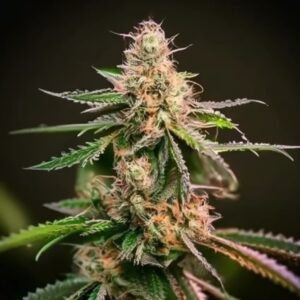


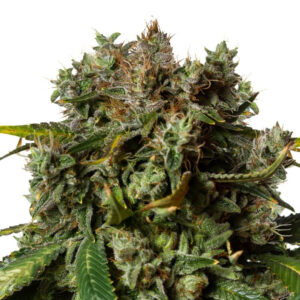









Related Posts
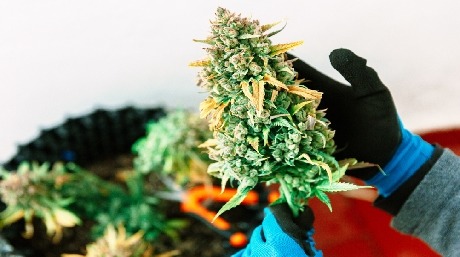
The weed strain Big Bud has an appropriate name. Huge buds grow on this predominantly Indica hybrid. Check this article to discover more about Big Bud.
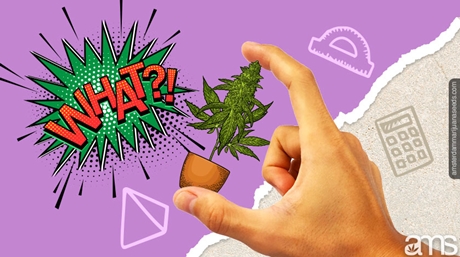
We want to devolve into some fun facts about autoflowers that you may not be aware of yet. As they continue to grow in popularity, we hope this will help you uncover the desire to grow them yourself.

The cannabis industry has grown tremendously in the recent past, thanks to the gradual decriminalization of marijuana. THC junkies have been elevated to “high” ground, thanks to caviar and moonrocks. To novice marijuana lovers, caviar and moon rocks are not the ordinary joints that you might be used to.